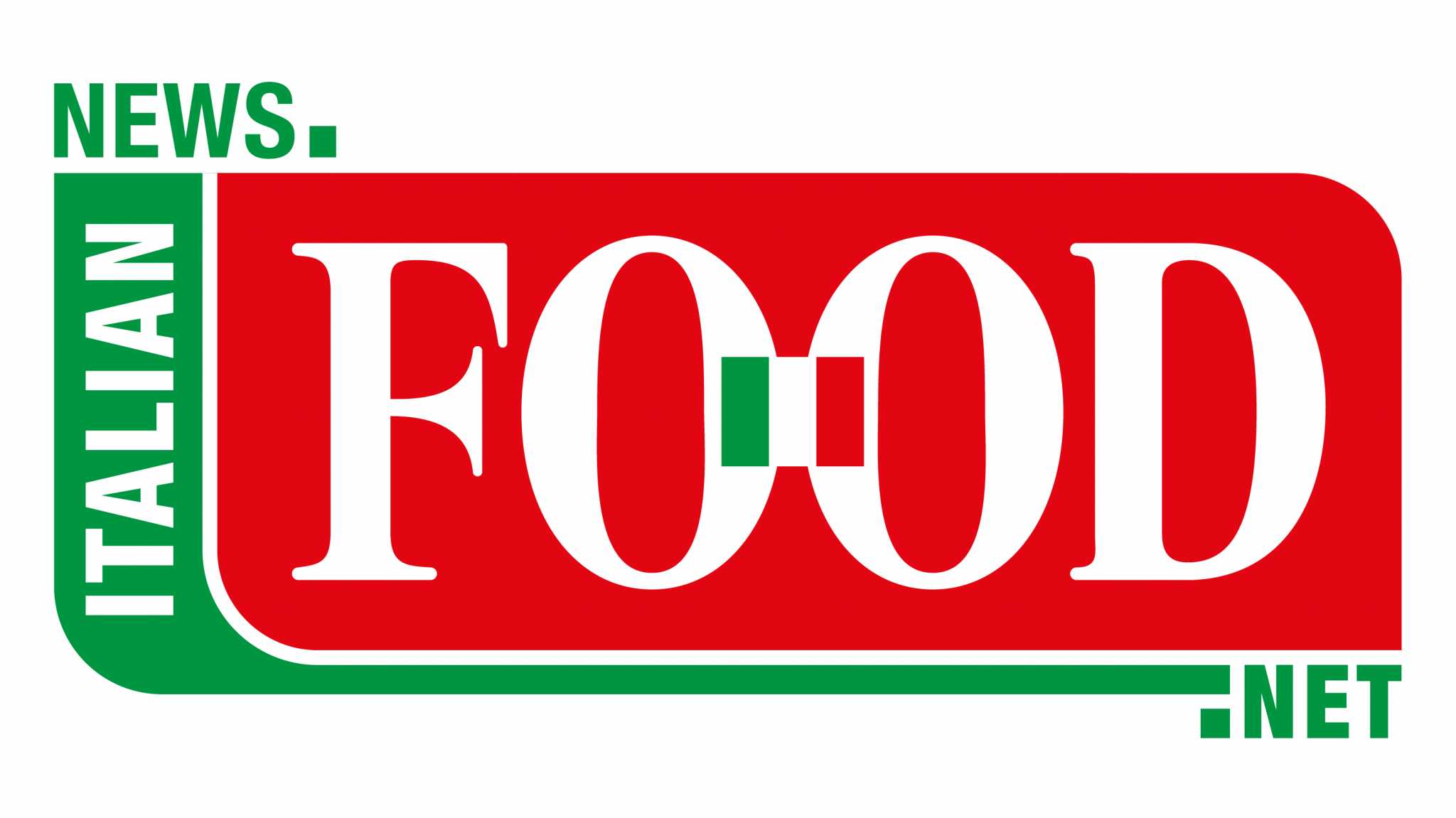
The Consortium for the Protection of Coppa di Parma PGI has finalized an overhaul of its production specifications, introducing stricter controls on traceability and compliance. The updated rules tighten requirements across the supply chain, from pig feed and genetics to permitted breeding combinations, ensuring greater oversight of raw materials.
A key revision concerns weight classification. The previous standard—based on live weight, set at 160 kg with a ±10% tolerance—has been replaced by carcass weight at slaughter, now fixed between 110.1 and 190 kg. The shift is aimed at improving the verification of each animal’s eligibility.
“The carcass-weight model provides a more precise and transparent control mechanism than live weight,” said Consortium President Fabrizio Aschieri. “This ensures greater consistency and quality across the board.”
The changes also reflect advances in animal welfare, breeding, and nutrition, which have led to increased pig growth rates. As a result, the weaning phase weight limit has been raised from 80 kg to 85 kg to account for improved rearing efficiency. The revised framework also introduces a detailed feed composition table, specifying approved raw materials for both the weaning and fattening stages.
Despite the updates, the fundamental production parameters remain unchanged. The geographical area continues to cover the provinces of Parma, Modena, Reggio Emilia, Mantova, and Pavia, along with select municipalities along the Po River in Lodi, Cremona, and San Colombano al Lambro (Milan province). The minimum weight (1.3 kg), size range (25–40 cm), and aging requirements of the end product also remain the same: at least 60 days for cuts weighing 2–2.6 kg at processing and 90 days for those exceeding 2.6 kg.
